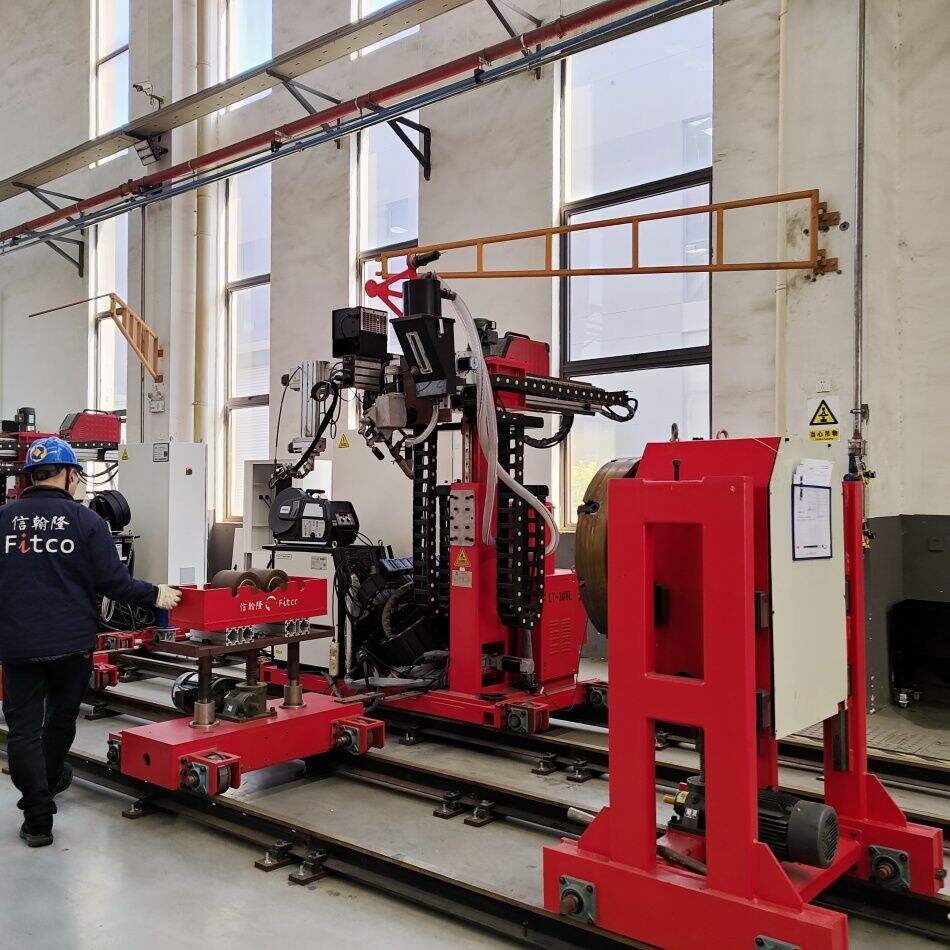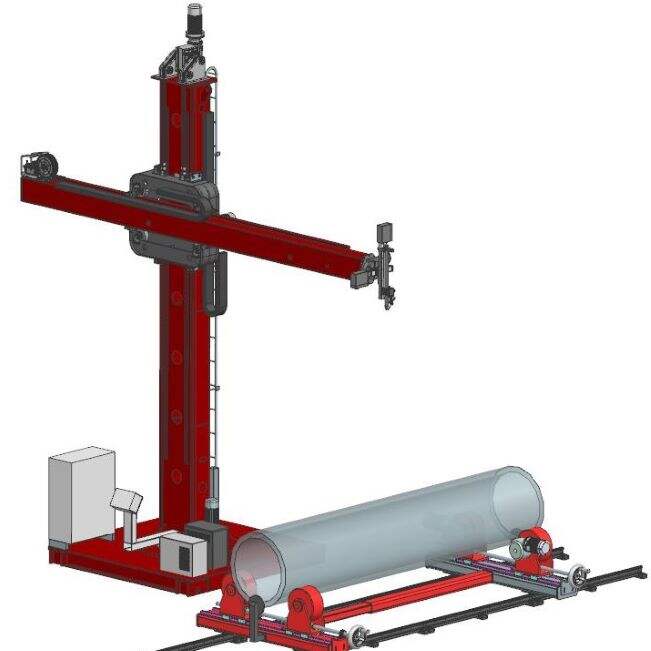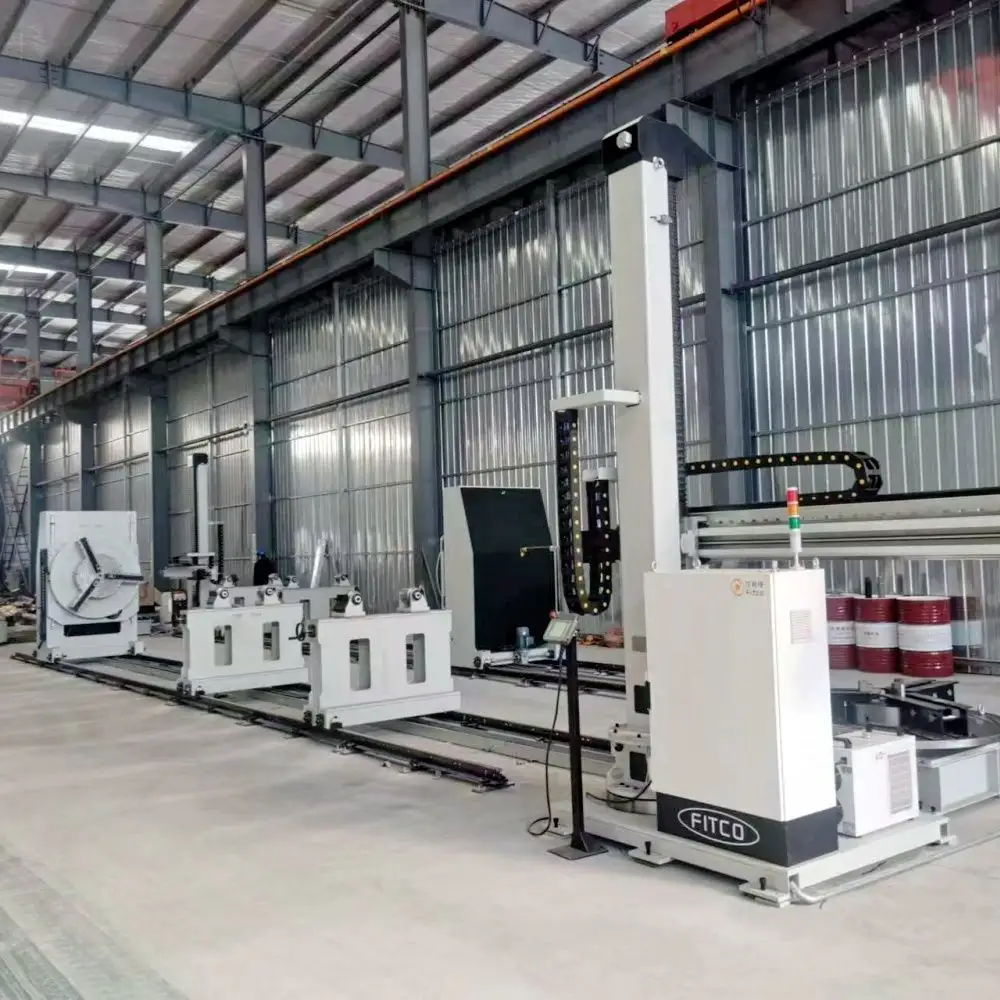good tig welding machine
A good TIG welding machine represents the pinnacle of precision welding technology, offering users exceptional control and versatility in their welding operations. These advanced units typically feature digital control panels that allow for precise adjustment of amperage, pulse settings, and arc characteristics. Modern TIG welders incorporate high-frequency start capabilities, enabling arc initiation without contact and ensuring contamination-free welds. They often come equipped with both AC and DC output options, making them suitable for welding various materials including aluminum, stainless steel, and mild steel. The machines feature sophisticated cooling systems to maintain optimal performance during extended use, while pulse width modulation technology ensures stable arc performance even at low amperage settings. Many units include pre and post-flow gas control, allowing for proper shielding gas coverage before, during, and after welding. Advanced models often feature programmable memory settings, enabling operators to store and recall frequently used welding parameters. These machines typically offer adjustable balance control for AC welding, essential for aluminum applications, and variable frequency control to optimize arc characteristics for different material thicknesses.

 EN
EN
 AR
AR BG
BG HR
HR CS
CS DA
DA NL
NL FI
FI FR
FR DE
DE EL
EL HI
HI IT
IT JA
JA KO
KO NO
NO PL
PL PT
PT RO
RO RU
RU ES
ES SV
SV TL
TL IW
IW ID
ID LT
LT UK
UK SQ
SQ HU
HU TH
TH TR
TR FA
FA AF
AF CY
CY MK
MK LA
LA MN
MN KK
KK UZ
UZ KY
KY







